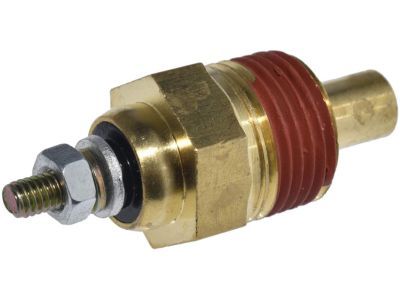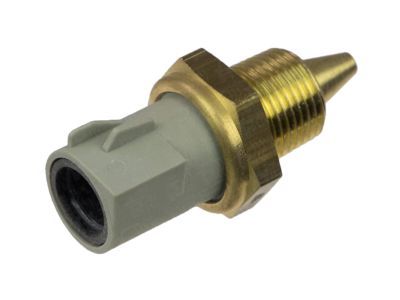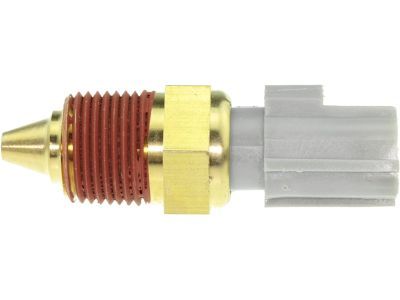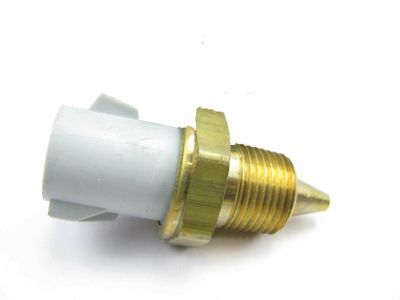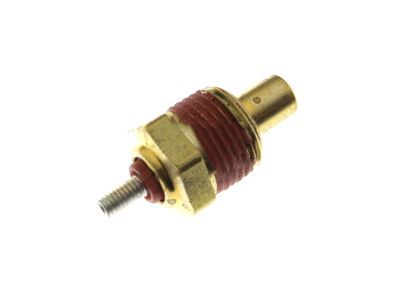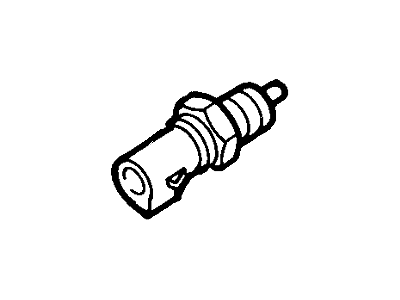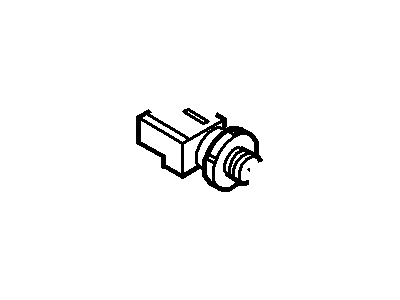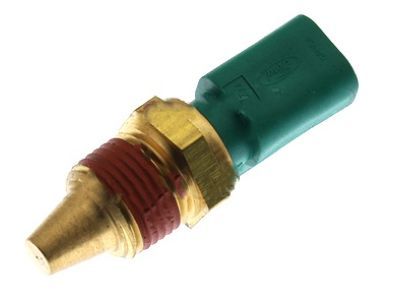×
- Live Chat
- 1-888-788-9341


My Garage
My Account
Cart
Genuine Ford Thunderbird Coolant Temperature Sensor
Coolant Water Temperature Sensor- Select Vehicle by Model
- Select Vehicle by VIN
Select Vehicle by Model
orMake
Model
Year
Select Vehicle by VIN
For the most accurate results, select vehicle by your VIN (Vehicle Identification Number).
8 Coolant Temperature Sensors found
Ford Thunderbird Sender Assembly - Temperature
Part Number: F1SZ-10884-A$34.54 MSRP: $55.09You Save: $20.55 (38%)Ships in 1-2 Business DaysFord Thunderbird Sender Assembly
Part Number: F2AZ-12A648-A$31.46 MSRP: $50.18You Save: $18.72 (38%)Ships in 1 Business DayFord Thunderbird Sender Assembly
Part Number: F5AZ-12A648-AB$22.46 MSRP: $35.82You Save: $13.36 (38%)Ships in 1 Business DayFord Thunderbird Sender Assembly
Part Number: E1AZ-12A648-A$31.46 MSRP: $50.18You Save: $18.72 (38%)Ships in 1 Business DayFord Thunderbird Sender Assembly - Temperature
Part Number: DOZZ-10884-A$85.80 MSRP: $141.82You Save: $56.02 (40%)Ships in 1-2 Business DaysFord Thunderbird Sensor - Engine Temperature, ECT
Part Number: F5AZ-12A648-A$22.46 MSRP: $35.82You Save: $13.36 (38%)Ships in 1 Business DayFord Thunderbird Sender Assembly
Part Number: F62Z-12A648-AA$23.37 MSRP: $37.27You Save: $13.90 (38%)Ships in 1-2 Business Days
Ford Thunderbird Coolant Temperature Sensor
The Coolant Temperature Sensor for Ford Thunderbird automobiles is one of the significant parts which steadily measure the temperature of the coolant to provide the premier performance of the engine. This sensor detect change in coolant temperature and assist the engine in controlling its operating conditions. The various Coolant Temperature Sensors that may have been installed in different model of Thunderbird over the periods of time may have been operated through different mechanisms and characteristics. It is very important to comprehend the operation and purpose of the Coolant Temperature Sensor to ensure that your Ford Thunderbird is healthy and optimum.
We provide a wide range of Ford Thunderbird Coolant Temperature Sensor at the best prices possible. If you need Ford Thunderbird Coolant Temperature Sensor, you can shop with confidence on our website. All our OEM parts come with a manufacturer's warranty and are delivered to your door step with a fast delivery service.
Ford Thunderbird Coolant Temperature Sensor Parts Questions & Experts Answers
- Q: How to check and replace the Coolant Temperature Sensor on Ford Thunderbird?A: This process pertains to standard analog instruments. Begin by examining the fuses if the coolant temperature gauge or light doesn't function. For an excessively high temperature indication, consider troubleshooting procedures. If the temperature gauge or light signals "Hot" soon after the engine starts, disconnect the wire at the coolant temperature sensor. Replace the sending unit if the gauge reading falls or the light turns off. High readings might indicate a shorted wire or a malfunctioning gauge. If the coolant temperature gauge doesn't register post engine warming, turn off the engine and disconnect the wire at the sending unit. Use a jumper wire to connect it to a clean engine ground. If the gauge now displays "Hot", replace the sending unit. If the gauge remains unresponsive, an open circuit or a defective gauge might be the cause. For replacement, initiate by removing the radiator cap to relieve pressure. Disconnect the electrical connector from the sending unit, and wrap Teflon tape around the threads of the new sending unit. Swiftly replace the old sending unit with the new one to avoid coolant loss. Securely tighten the sending unit and reconnect the wiring harness. Refill the cooling system and monitor for leaks and accurate gauge operation.
Related Ford Thunderbird Parts
Browse by Year
2005 Coolant Temperature Sensor 2004 Coolant Temperature Sensor 2003 Coolant Temperature Sensor 2002 Coolant Temperature Sensor 1997 Coolant Temperature Sensor 1996 Coolant Temperature Sensor 1995 Coolant Temperature Sensor 1994 Coolant Temperature Sensor 1993 Coolant Temperature Sensor 1992 Coolant Temperature Sensor 1991 Coolant Temperature Sensor 1990 Coolant Temperature Sensor 1989 Coolant Temperature Sensor 1988 Coolant Temperature Sensor 1987 Coolant Temperature Sensor 1986 Coolant Temperature Sensor 1985 Coolant Temperature Sensor
